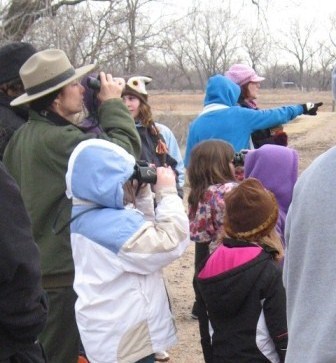
"We had a magnificent sight on the way - A vast herd of buffalo approached in line, at full gallop through the mirage - advancing in the most perfect order, I should say, for a distance of at least 10 miles!" Capt. Albert Barnitz, 7th US Cavalry, en route to Fort Larned, July 12, 1868. You won't see a large herd of bison, elk, wolves, or grizzly bears at Fort Larned today, but these creatures were here historically. Pressured by changes in the land by the hand of man, these animals and their habitats that once dominated this land have been marginalized. Fort Larned National Historic Site protects a small area of grassland, offering a window into this now radically altered ecosystem. Today, mule deer and white-tail deer are the only hoofed mammals still here. You can still find many small mammals: fox squirrels, thirteen-lined ground squirrels, prairie dogs, pocket gophers, beavers, skunks, raccoons, opossums, coyotes, muskrats, weasels, and badgers. Occasionally, armadillos may be seen in this northern extreme of their range. Several species of reptiles may also be found at Fort Larned: lizards, toads, turtles, bullsnakes, blue racers, hog-nosed snakes, and garter snakes.
|
Last updated: July 20, 2020
